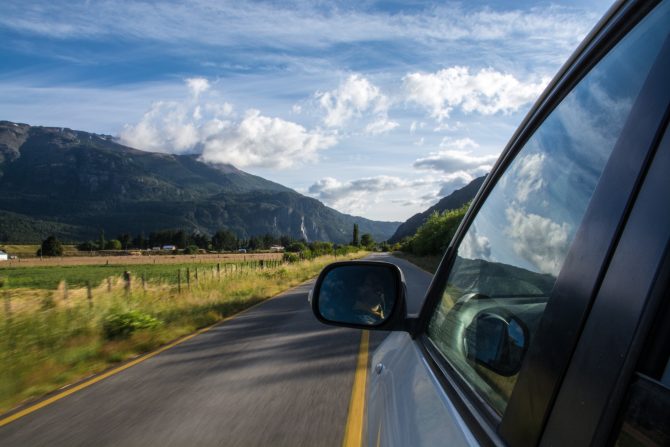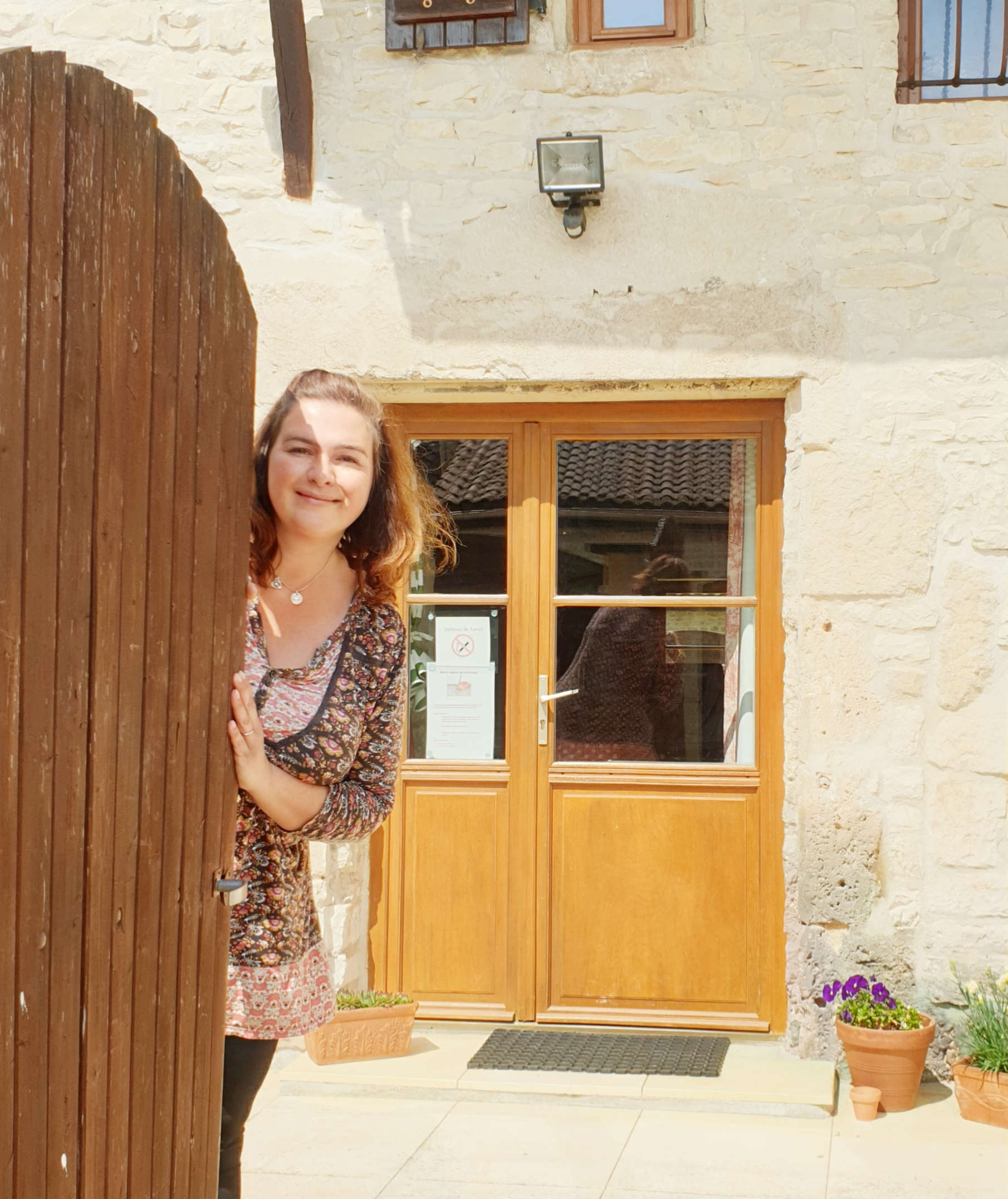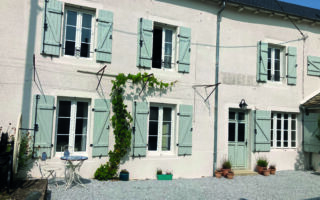Driving in France: Speed Limits, Road Signs, and Rules
Essential Reading


Have you ever driven in France? Whether you’re a seasoned motorist or it’s your first time driving on French roads – brush-up your knowledge with this quick guide to driving in France.
What Driving Licence Do You Need to Drive in France?
If you are coming to France on holiday, or for less than 185 days, your driving licence issued by your home country should be accepted as long as it is valid. However, depending on the issuing country, you may need either an official translation or a valid international driving licence.
EU- or UK-issued driving licences are valid for driving in France as long as you are over 18 years old and your licence is full (i.e. not a provisional licence or learner’s permit) and in-date. If you are a permanent resident in France, you should exchange your driver’s licence for a French one – however, there is a specific deal in place regarding UK licences post-Brexit.
Find out the specific details on driving permits in France here.
Driving in France: What Do I Need to Bring?
Whether you are driving a French-registered car or bringing your car over from the UK or another EU country, do not forget to bring your valid car insurance certificate and vehicle registration documents with you. It is a legal requirement for all drivers in France to carry these at all times. For all cars registered in France, your valid car insurance and control technique should also be displayed in your car window.
It is also compulsory to carry a reflective jacket and a warning triangle in your car at all times. It’s a good idea to carry spare bulbs in your car too, although this is not a legal requirement.
Cars must also have front and rear seatbelts, and it is a fineable offence for them if they are not worn (for both the driver and passengers). Children under ten years old are not permitted to sit in the front seat of a car.
Travelling to France with a UK car
If you are driving to France in your UK-registered vehicle, you should also bring details of your car registration and insurance. It is also a good idea to contact your insurance company to check that you have adequate cover for driving in France.
Cars now need a UK sticker or UK registration plates (not a GB sticker).
You will need to adjust your headlamps for driving on the right-hand side of the road too, either using stickers or by flicking the switch in your car (if your headlights are adjustable)
Driving in French Cities: Crit’Air Stickers
If you are planning to drive in Paris, Grenoble, Lyon, or some other major cities, you will need to display a Crit’Air sticker that shows how polluting your car is to the environment – find out more here.
This scheme is likely to be rolled out into other major French cities, too, so watch out for additions. If you are driving in an area without a sticker, you can face an ‘on-the-spot’ fine of more than £100, so the small fee to obtain your sticker may be money well spent.
Do I Need Snow Chains in France?
From 2021 onwards, France has introduced a ‘Mountain Law’ or Loi Montagne that mandates snow chains or tires to be fitted to all cars, motorhomes, and other vehicles in France’s mountainous regions.
The law concerns 48 French départements (see the full list here) in the south and east of France, and will apply equally to foreign cars and drivers. The law comes into effect from November 1st, through March, and there are fines of €135 for non-compliance.
On the Road in France: Motorways, A-roads, and Toll Roads
In France, the road signs give prominence to the names of places rather than the road numbers, often from a great distance.
Motorways or French ‘Autoroutes’ are A-roads followed by a number. There are plenty of motorway services in France called ‘Aire’ with ample parking, somewhere to eat and drink and often a play area for children.
Trunk roads are called Routes Nationales and are labelled N-followed by their number. Local roads are known as Routes Départementales, and they are known as D roads plus their number. They are maintained by the local government or ‘département’.
Road Signs in France: Top Tips
The positioning of road signs is a little different to what you might be used to in your own country, for example, the UK. On smaller roads, a sign that is, in fact, telling you to go straight on can be positioned quite near a junction and appear to be pointing across the road.
A common sign is ‘TOUTES DIRECTIONS’, meaning ‘all directions’. It is often used to bypass traffic out of and around a town or village. So, unless you need a specific village on your journey, follow the TOUTES DIRECTIONS sign.
Autoroute à Péage or Toll Roads
When you see the blue ‘péage’ sign, it means a toll road. Tolls are either a set rate for that stretch of road, or the amount charged depends on how far you have driven. If you are driving long distances, don’t be surprised if you get charged a hefty bill – €40 or more isn’t unheard of if you’ve been driving for hours on a motorway! Larger vehicles such as campervans or those towing trailers are charged at a higher rate
When you enter a toll road for which payment is based on distance, you must take a ticket at the machine. When you exit the péage, you will need to present this ticket again to calculate your payment.
To save stops at the péage, it is possible to buy a ‘badge’ which you display in your windscreen area, and it enables you to drive straight through the appropriate lane, and it will automatically charge you. There are a few companies offering this service, and a simple internet search of ‘télépéage’ will offer some choice.
Toll roads are a great way to cover large distances in the shortest time frame. However, the lesser roads in France are maintained to a very high standard, and there is considerably less traffic than you may be used to, so do not dismiss them if you are not in a rush
Speed Limits and Speeding Fines in France
Speed traps are very common in France, and ‘on-the-spot’ fines can be high. Radar detectors are illegal in France, and if caught, you could face a heavy fine, confiscation of the equipment and of your vehicle. Disable the safety camera alerts on your Satellite Navigation System to be safe.
When entering a town or village, speed restrictions begin at the sign showing the name of that village, and they end when you see the sign with a cross through the name of the village.
Here is a guide to speed limits unless otherwise signalled. For example, outside a school, there may be speed humps and 30km signage. Some stretches of road may be 70km to slow traffic before entering the village.
Autoroute (Motorway) – 130 km/hr or 110 km/hr in wet weather
Dual Carriageways – 110 km/hr or 100 km/hr in wet weather
Main Roads/Country Roads/D roads – 80 km/hr
Built-up areas such as towns or villages – 50 km/hr
Driving in France: Rules of the Road
For drivers coming from the UK, Australia, or other countries where you drive on the left-hand side of the road, remember that in France, you drive ON THE RIGHT! There are a few other differences to driving in France to be aware of too.
Priorité a Droite
A more confusing rule that can seem counter-intuitive (especially to the Brits) is the infamous PRIORITE A DROITE or ‘priority to the right’ rule. This means that motorists to your right, turning on to the road upon which you are travelling, going in the same direction as you, have right of way.
So, you could be driving along what you consider to be a main street and the car coming from a side road to your right and joining your direction of traffic HAS PRIORITY. You need to stop to let them out. This only applies if there is no solid line with a STOP sign at their junction. Read more about how the priorité à droite rule in France works.
Stop signs
When you reach a STOP sign, it is advisable to count to 3 before pulling away. In France, you must actually STOP even if you can’t see any traffic.
Mobile phones
Using a mobile telephone in a car without a hands-free kit is against the law, even if you have pulled over and switched off the engine. The only exemption is if your vehicle has broken down or if you are parked in a designated parking space.
Pedestrian Crossings
You must stop at pedestrian crossings. Pedestrians are more likely to simply ‘walk out’ onto the crossing, whereas you may be used to pedestrians waiting until traffic has stopped.
Fines and Penalties
The French licence is based on a penalty point system, 12 being the maximum points allocated for a full licence. Each time an offence is committed, points can be withdrawn. Read more about the rules here.
The standard speeding fine in France is normally lowered if you elect to pay within 15 days. If you receive a speeding fine from France, do not ignore it as fines can double. You can, however appeal if you wish.
There is currently no system in place to implement points on to a foreign licence, such as a UK one. However, if you are resident in France and a driving offence is committed, you may be asked to exchange your foreign licence for a French one in order to receive the penalty.
Read our full guide to driving offences and penalties in France.
Driving in France is often a real pleasure as the roads stretch on for miles with comparatively little traffic outside of the main cities, so do not be worried – it is probably going to be a much less stressful experience than you may imagine.
Bon route!
Driving in France
Whether you own a car in France, travel to France in your UK or EU-registered car, or hire a rental car – FrenchEntrée has all the need-to-know info about driving in France. Our Essential Reading articles will take you through buying, registering, and insuring your car, as well as offering tips and advice on driving and car ownership in France.
Share to: Facebook Twitter LinkedIn Email



